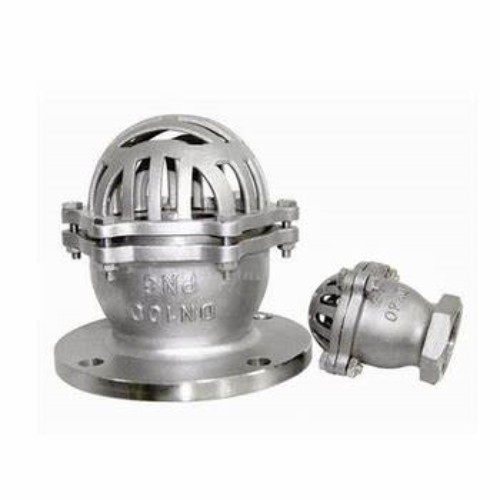Understanding the Functionality and Applications of Stop Check Globe Valves
Understanding Stop Check Globe Valves Functionality and Applications
Stop check globe valves are integral components in various piping systems, providing a unique combination of functionality that addresses both flow control and safety measures. These specialized valves are designed to allow fluid flow in one direction while also acting as a means to prevent reverse flow, making them an essential choice in numerous industrial applications.
A stop check globe valve incorporates the features of both a stop valve and a check valve. The primary function of a stop valve is to regulate fluid flow, enabling operators to start, stop, or throttle the flow as needed. Meanwhile, the check valve aspect ensures that once the fluid passes through, it cannot flow back in the opposite direction. This dual capability is particularly beneficial in systems where maintaining the integrity of the fluid flow is crucial to preventing backflow-related issues.
Design and Construction
The design of stop check globe valves typically consists of a globe valve's body, which features a spherical shape to facilitate liquid passage. Inside the valve, there is a closing element known as the disc or plug, which moves up and down to open or close the valve. The valve is operated using a handwheel or actuator that provides the necessary force to position the closing element correctly.
One notable characteristic of stop check globe valves is their relatively compact size compared to other valve types, making them an excellent choice for applications with space constraints. These valves are usually made from durable materials such as stainless steel, bronze, or cast iron, allowing them to withstand varied temperatures and pressures commonly encountered in industrial environments.
Applications of Stop Check Globe Valves
stop check globe valve

Stop check globe valves find widespread use in several industries, including oil and gas, water treatment, power generation, and chemical processing. In oil and gas applications, these valves are crucial for maintaining flow control in pipelines while preventing the backflow of hazardous substances. Similarly, in water treatment facilities, they help in managing the flow of water and chemicals crucial for the purification process.
In power generation plants, stop check globe valves regulate steam and water flow, ensuring that the processes operate smoothly and efficiently. Moreover, the chemical industry also benefits from their ability to handle corrosive substances without compromising safety. By preventing reverse flow, these valves play a significant role in protecting other equipment from potential damage caused by backpressure.
Advantages of Stop Check Globe Valves
The advantages of stop check globe valves extend beyond their basic functionality. One significant benefit is their ability to provide reliable performance even in harsh conditions, which reduces the risk of system failures and enhances overall operational safety. Additionally, their straightforward design allows for easier maintenance and repair, reducing downtime during critical operations.
Another key advantage is the versatility of these valves. Due to their ability to manage both flow control and backflow prevention, they can be employed in various configurations, adapting to different system requirements. This flexibility makes them an ideal choice for engineers and designers looking for robust solutions in fluid management.
Conclusion
In summary, stop check globe valves represent a vital solution in modern piping systems, combining flow control and backflow prevention into a single, efficient design. Their robust construction and operational reliability make them indispensable in various industrial applications, from oil and gas to water treatment. As industries continue to evolve and demand more efficient and safe fluid handling solutions, the importance of incorporating stop check globe valves into piping designs is set to grow, ensuring operational integrity and enhanced safety across many sectors.
-
Top-Quality Pipe and Pipe Fittings for Reliable Fluid SystemsNewsAug.28,2025
-
Reliable Slip On Flange Manufacturer for Industrial ExcellenceNewsAug.28,2025
-
Premium Rubber Expansion Joints for Piping SystemsNewsAug.28,2025
-
Premium Electric Actuators for Smart Automation SolutionsNewsAug.28,2025
-
Innovative Flange Solutions for Modern Plumbing NeedsNewsAug.28,2025
-
High-Performance Exhaust Valves for Efficient Fluid SystemsNewsAug.28,2025
-
Buy WCB Gate Valve: Robust & Reliable Industrial SolutionNewsAug.28,2025




